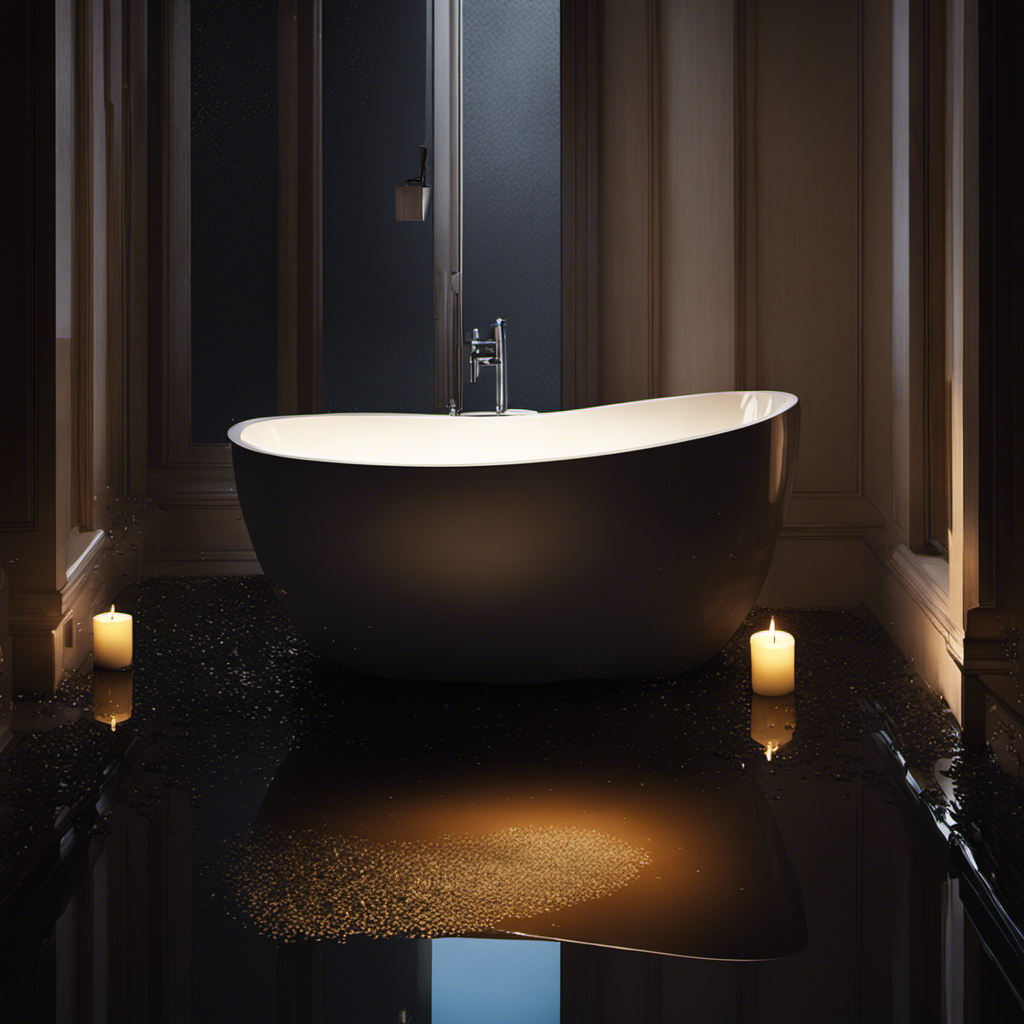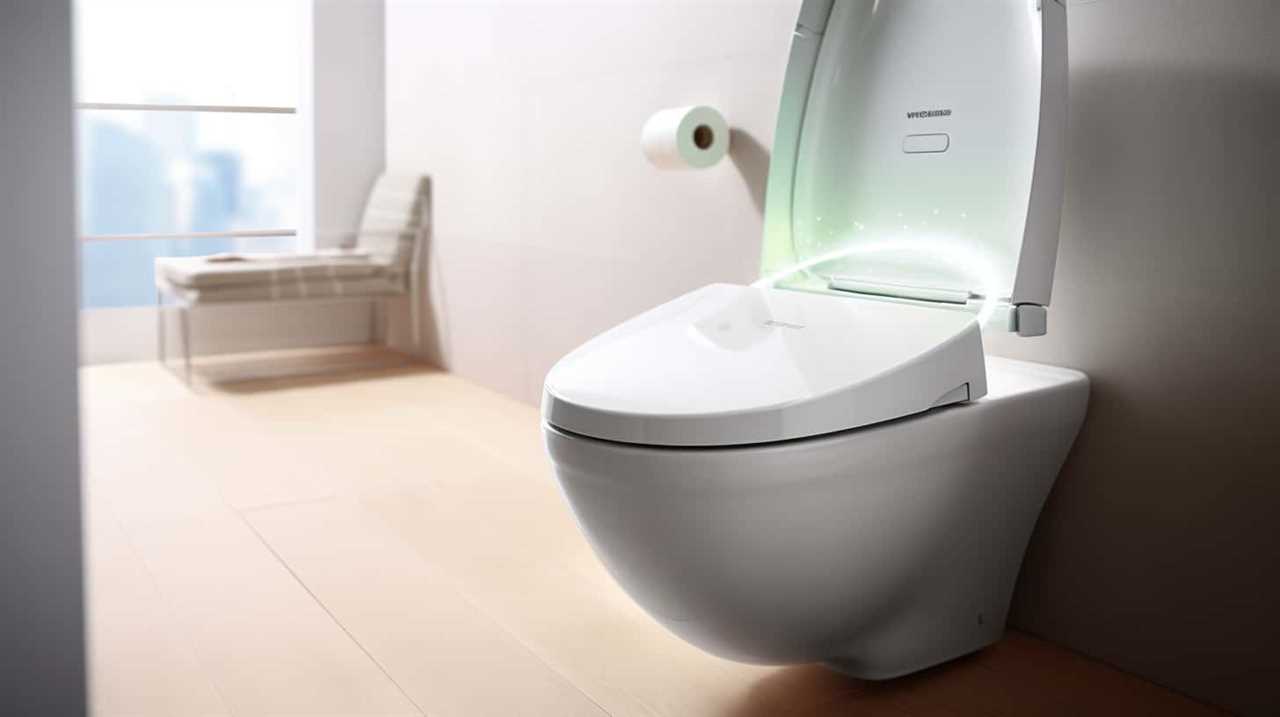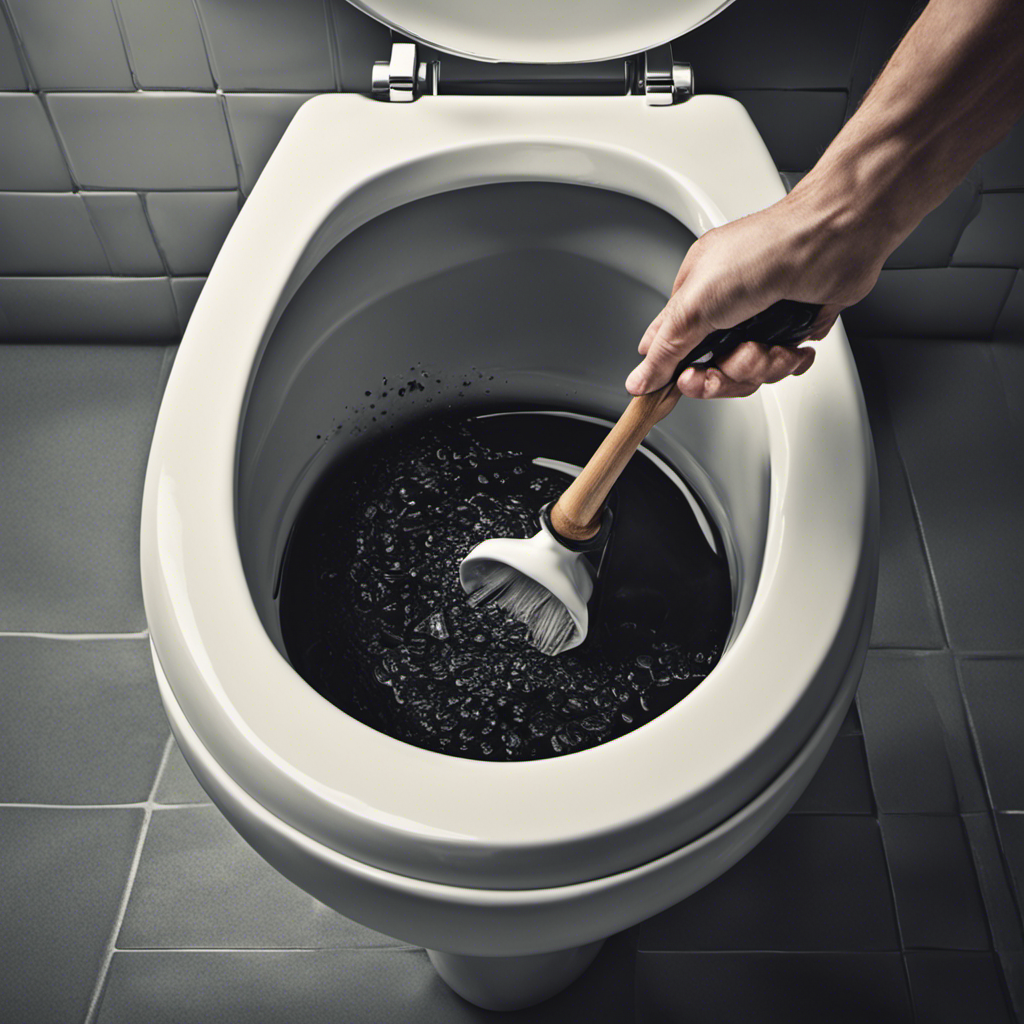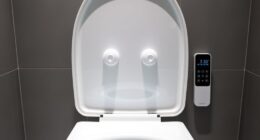We’ve all experienced that moment of uncertainty – should we flush the toilet after every use, or is it okay to let it sit occasionally? This choice can ignite a passionate discussion, and it’s crucial to explore the facts surrounding this issue.
In this article, we’ll explore the environmental impact, hygiene considerations, and water conservation associated with flushing.
We’ll also discuss alternative solutions to find a balance between cleanliness and sustainability.
So, let’s dive in and discover the best approach for our planet and our well-being.

Key Takeaways
- Flushing your toilet every time is important for maintaining proper hygiene and preventing the spread of germs.
- However, there is a need to minimize the environmental impact of wastewater treatment, including carbon footprint and energy consumption.
- Water conservation is crucial, considering the global issue of water scarcity, and alternative solutions such as dual-flush toilets and water-saving devices can help reduce water consumption.
- It is essential to raise public awareness about these alternative solutions to protect natural resources, reduce strain on wastewater treatment facilities, and promote responsible resource management.
Environmental Impact
The environmental impact of flushing our toilets every time is something we should consider.
One major concern is the carbon footprint associated with wastewater treatment. When we flush the toilet, gallons of water are used to transport waste to treatment plants. This process requires energy, contributing to greenhouse gas emissions.
Additionally, wastewater treatment plants consume electricity for operations such as pumping, aeration, and disinfection. These energy demands further increase the carbon footprint.
Another aspect of the environmental impact is the treatment of wastewater itself. The process involves removing harmful contaminants and pathogens, which can be energy-intensive and require the use of chemicals.

Moreover, the treated wastewater is often discharged into rivers, lakes, or oceans, potentially affecting aquatic ecosystems.
Therefore, it’s crucial to explore alternative solutions, such as water-saving toilets and innovative wastewater treatment technologies, to minimize the environmental impact of flushing.
Hygiene Considerations
When it comes to maintaining cleanliness and preventing the spread of germs, we should always prioritize flushing our toilets after each use.
This is because proper hygiene practices play a crucial role in safeguarding public health and preventing the transmission of diseases.

Flushing the toilet helps remove urine, feces, and any potentially harmful bacteria or viruses from the bowl, preventing them from lingering and spreading.
Neglecting to flush can lead to the accumulation of germs, unpleasant odors, and an unsanitary environment.
Moreover, flushing after each use helps keep the toilet bowl clean and reduces the risk of cross-contamination.
Water Conservation
Flushing our toilets after each use is essential for conserving water. Water scarcity is a pressing issue worldwide, and adopting sustainable practices can help us address this problem.

While it may seem counterintuitive, flushing the toilet actually consumes less water than other household activities such as showering or doing laundry. However, it’s important to be mindful of our water usage and implement water-saving measures.
One such measure is installing dual-flush toilets that provide options for different water volumes depending on the waste being flushed. Additionally, fixing leaks promptly and using water-efficient fixtures can further reduce water consumption.
Alternative Solutions
To conserve water, we can consider implementing alternative solutions for toilet flushing. By exploring cost-effective options and raising public awareness, we can make a significant impact on water conservation efforts.
Here are three alternative solutions to consider:

- Dual-flush toilets: These toilets have two buttons or handles, allowing users to choose between a full flush for solid waste and a half flush for liquid waste. This can save a significant amount of water with each use.
- Water-saving devices: Installing devices such as toilet tank fill diverters or toilet dams can reduce the amount of water used for each flush. These devices limit the water volume while maintaining the flushing efficiency.
- Greywater systems: Greywater, which is water from sources like sinks and showers, can be treated and reused for toilet flushing. This reduces the reliance on fresh water and can be a sustainable solution.
Conclusion
By implementing these alternative solutions and raising public awareness, we can make a significant impact on water conservation efforts and create a more sustainable future. It’s important to consider the long-term effects and public health implications of our daily actions, such as flushing the toilet. Conserving water not only helps to protect our natural resources but also reduces the strain on wastewater treatment facilities and minimizes pollution. Additionally, reducing water consumption can lead to lower utility bills and promote responsible resource management.
However, it’s crucial to strike a balance between water conservation and maintaining public health standards. While it may be tempting to limit toilet flushing to save water, it’s essential to prioritize hygiene and sanitation. Proper flushing helps to remove waste and prevent the spread of harmful bacteria and viruses. Therefore, it’s recommended to flush the toilet after each use, taking into account the water-saving measures mentioned earlier.
Frequently Asked Questions
How Does Flushing a Toilet Impact the Overall Water Supply in a Region?
Flushing a toilet affects the overall water supply in a region by consuming water unnecessarily. This has an adverse environmental impact and undermines water conservation efforts. Proper consideration should be given to reduce water wastage.
Are There Any Health Risks Associated With Not Flushing the Toilet Every Time?
Not flushing the toilet every time may pose health risks due to the accumulation of bacteria and odor. However, it can have significant environmental benefits, conserving water and reducing the strain on water resources.
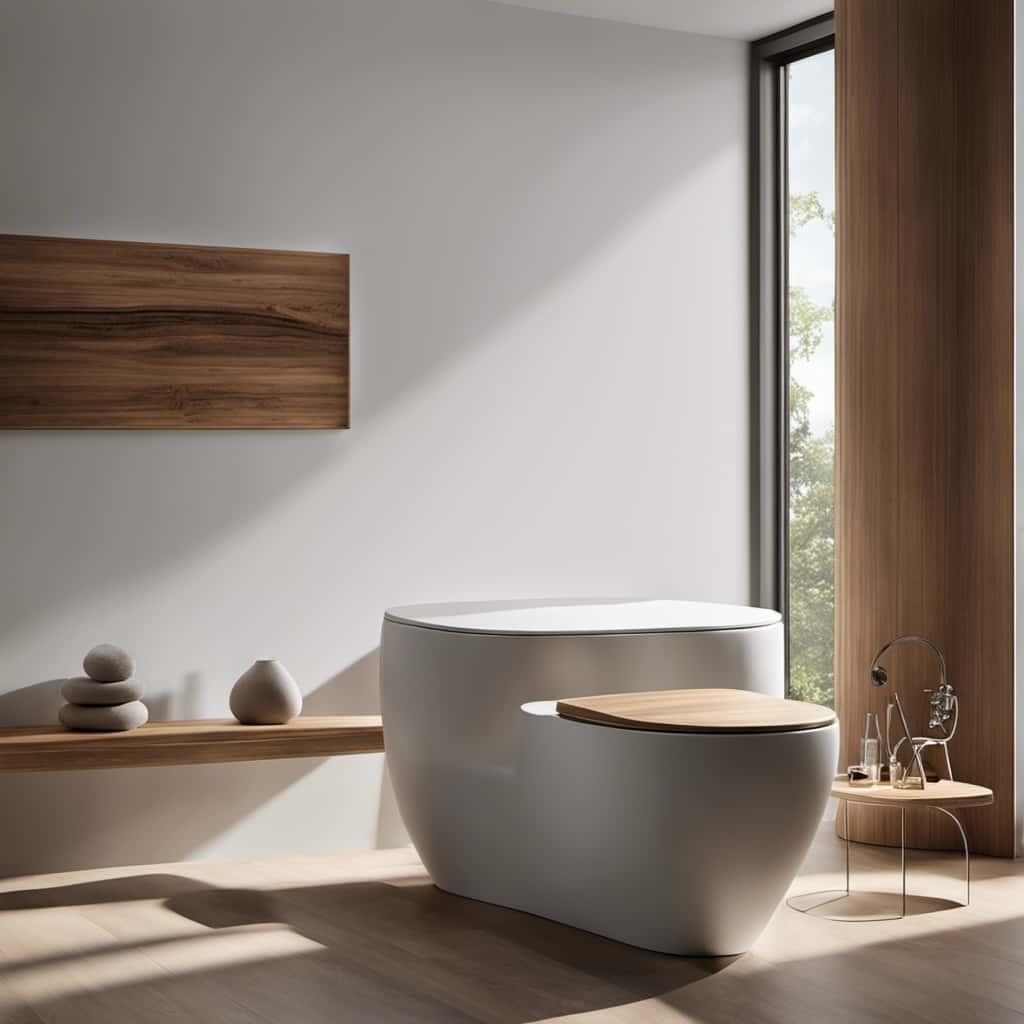
What Are Some Alternative Solutions to Flushing the Toilet Every Time?
Water conservation is important, and there are eco-friendly options available that can help reduce the need to flush the toilet every time. These alternatives can be effective in saving water and promoting a more sustainable lifestyle.
Can Not Flushing the Toilet Every Time Lead to Plumbing Issues?
Not flushing the toilet every time can potentially lead to plumbing issues, such as clogging and damage to the pipes. Additionally, it has a negative environmental impact as it wastes water. It’s important to consider these factors when deciding on flushing habits.
Are There Any Cultural or Societal Factors That Influence the Decision to Flush the Toilet Every Time?
Cultural norms and environmental impact both play a role in the decision to flush the toilet every time. Factors such as hygiene standards and water conservation practices influence our choices regarding this everyday task.
Conclusion
In conclusion, whether or not to flush the toilet every time is a decision that goes beyond personal convenience.
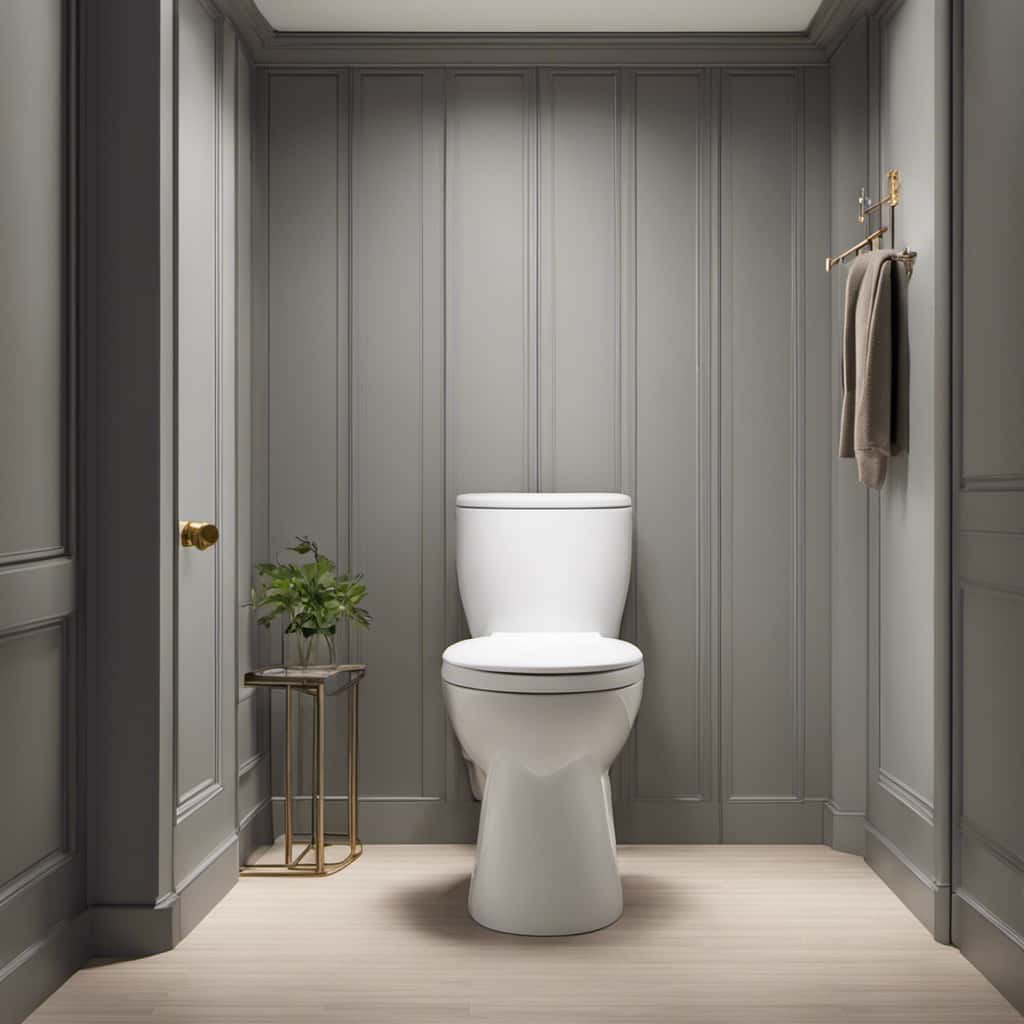
It symbolizes our responsibility towards the environment, our dedication to hygiene, and our commitment to conserving water.
By considering alternative solutions such as using dual-flush toilets or implementing a ‘if it’s yellow, let it mellow’ approach, we can strike a balance between cleanliness and sustainability.
Ultimately, it’s up to us to make informed choices that benefit both our daily lives and the world we live in.



